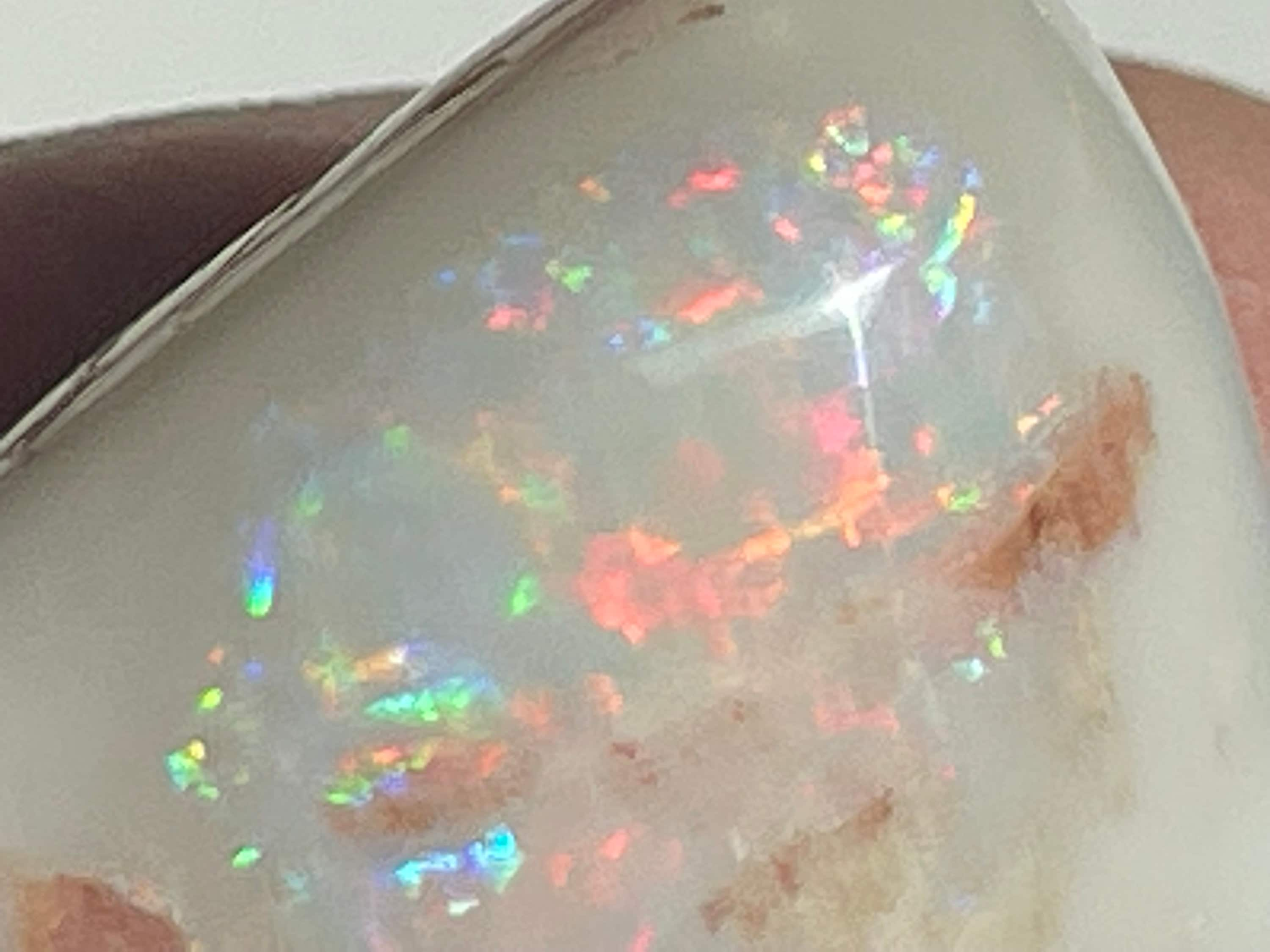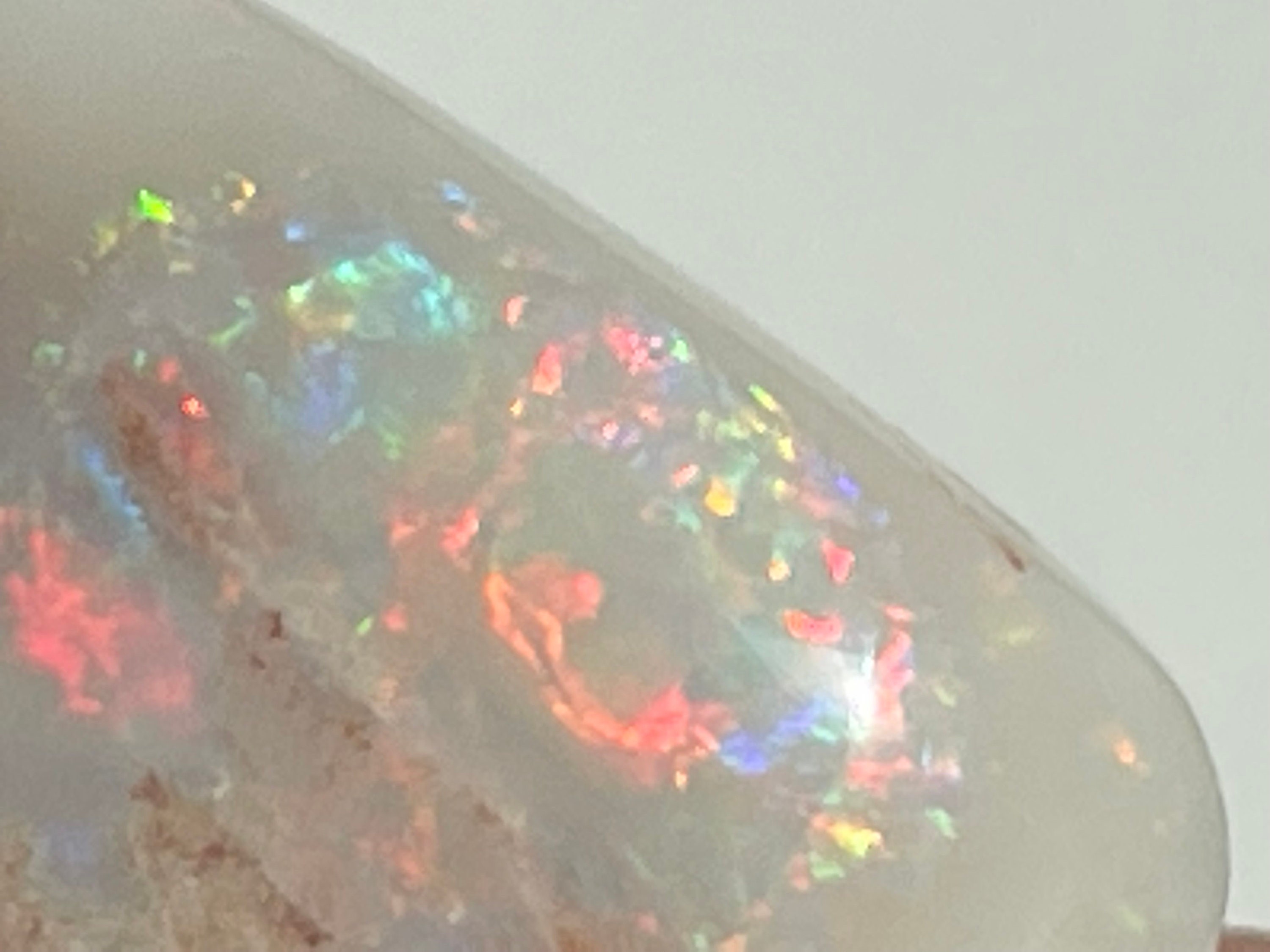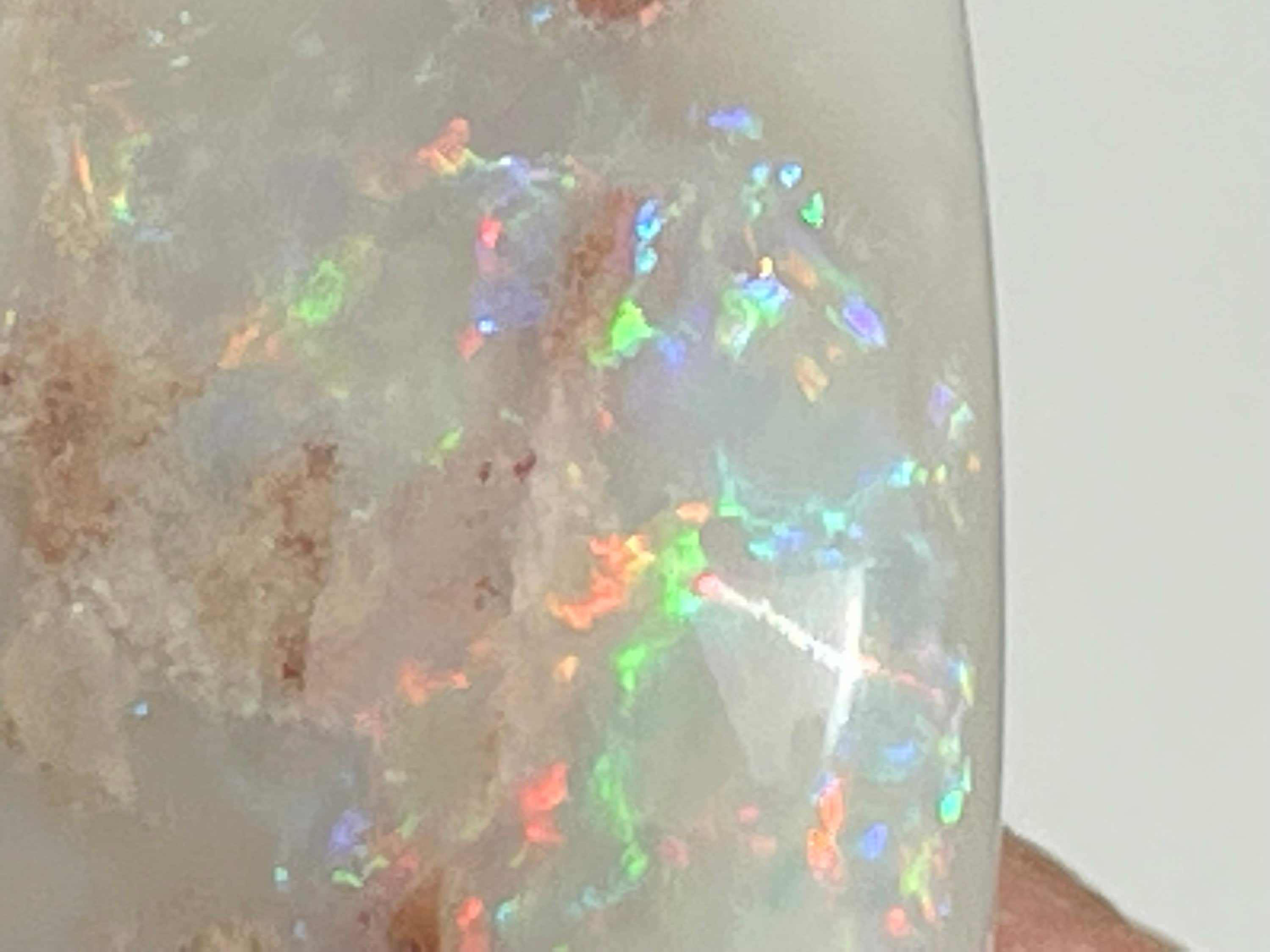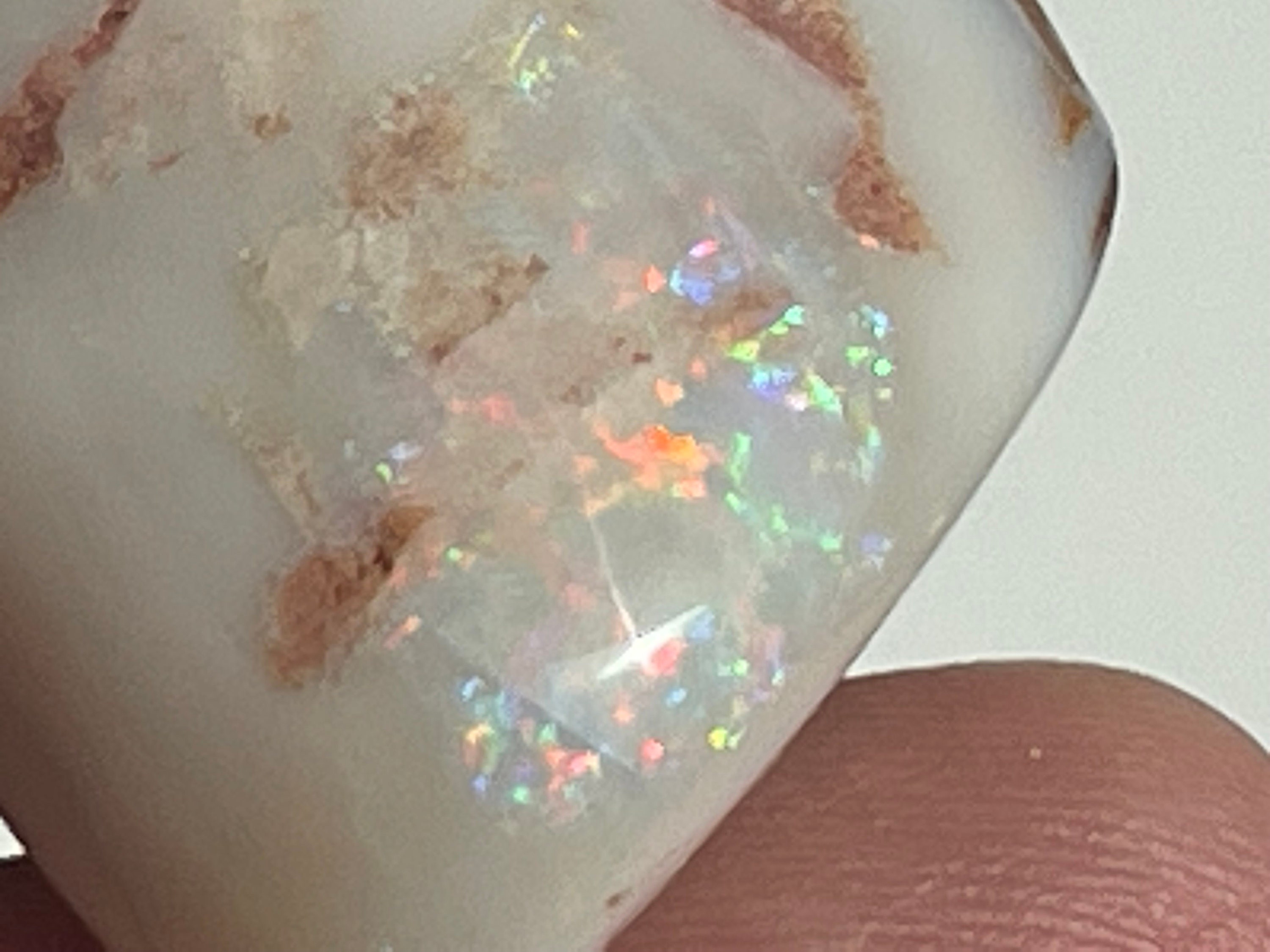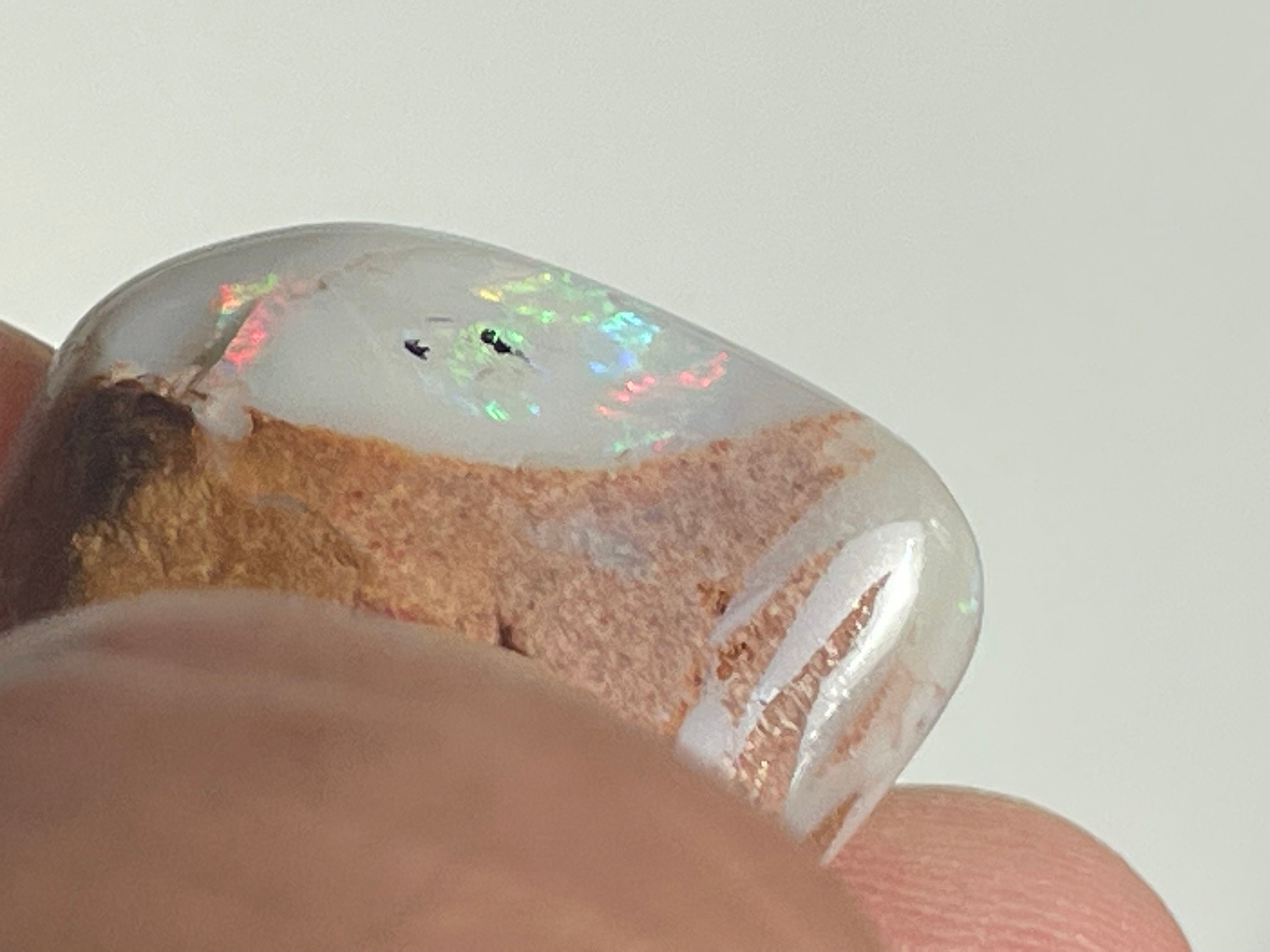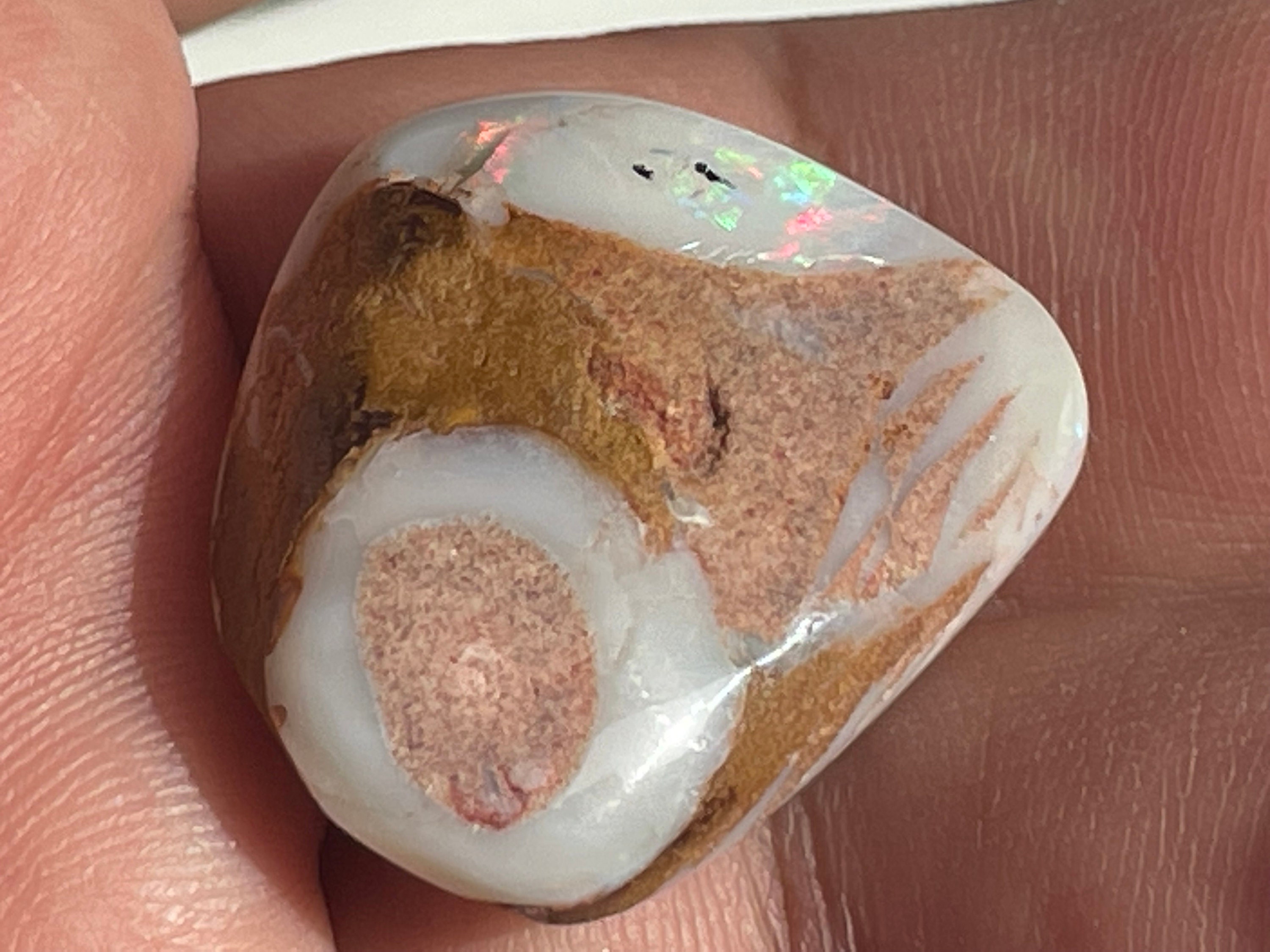Boulder Opal (Australia) Pendant in Sterling Silver (925)
$300.53 $353.56
Opal
The opal comes from Australia
In the gemstone and jewelry trade, a distinction is made between three types, precious opal (with play of colors), common opal (without play of colors) and fire opal. The latter occurs with and without a play of colors. There is also the boulder opal, only found in Australia (brown host rock, matrix
In the east the opal is said to be the "stone of hope". It is used wherever wearing the stone increases the joy of life and is good for its owner. Its effect on the chakra can be found particularly in the crown, heart and base chakra.
Opal stands for joie de vivre, creativity and serenity. It should help against inhibitions and depression. It can also release blockages and positively influence the flow of energy.
The stone has a supportive effect in case of apathy and indolence, as well as mental exhaustion. It also promotes satisfaction and communication, self-esteem and willpower.
Opal is considered uplifting and uplifting. reduced by opal, sore throats disappear and anemia, as well as anorexia and fever as well as rheumatism can be alleviated. Opal is also effective for kidney problems, relaxation and weakness.
The appealing effect of the play of colors makes opal a coveted stone in stone healing. Among other things, it serves to strengthen a positive attitude towards life and to ensure a happy mind. Since the stone can also intensify negative emotions, it should be used in a balanced way.
Wearing opal can create harmony that can lead to a better sense of community and facilitate self-actualization. In ancient Rome the stone was used as a protective stone for love and hope; the latter importance is still ascribed to it in Asia today. In the Middle Ages, opal jewelry was especially popular with blonde girls, as it was supposed to prevent the popular light hair from darkening.
Legends also say that opal can make you invisible; This is how the gemstone became the companion of thieves and spies. Opal is one of the few amorphous minerals, so it does not have a crystalline structure. In addition to its amorphous shape, opal has a few additional properties.
Special features: Because if you take a closer look you can see that the opal actually consists of tiny silica spheres. With roughly the same size and correct arrangement, diffraction and interference create the wonderful play of colors of opalescence.

